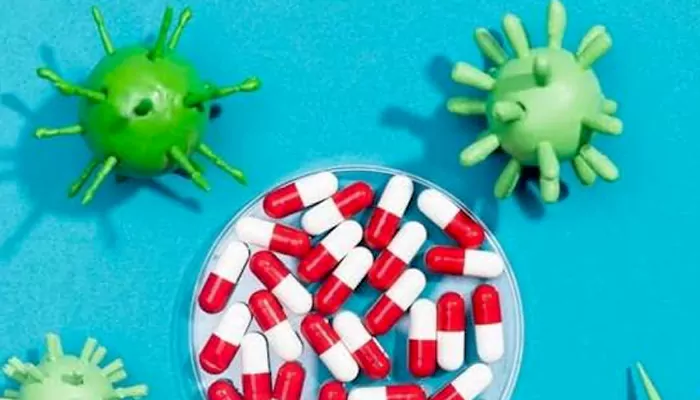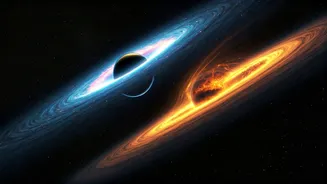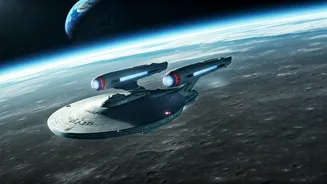Here are today’s most important updates from the realm of Science and Space.
Einstein Vindicated Yet Again by Discovery of Rare Second-Generation Black Holes
Scientists have found two pairs of merging black holes, and they think the larger
one in each merger is a rare "second-generation" veteran of a previous collision. The telltale clue was twofold: In each merger, the larger black hole was spinning rapidly and was significantly more massive than the partner black hole it swallowed. The events were observed with the LIGO-Virgo-KAGRA Collaboration, a set of gravitational-wave detectors around the world aiming to observe space-shaking events like black hole mergers and neutron star collisions. Aside from the possible second-generation black hole finds, scientists said that the two mergers validated physics laws predicted by Albert Einstein more than a century ago and that the events are helping scientists learn more about elementary particles.
Countdown to Mars: Blue Origin Successfully Tests New Glenn Rocket
— Jeff Bezos (@JeffBezos) October 31, 2025
(Credit: X/@JeffBezos)
Jeff Bezos’s Blue Origin achieved a major milestone this week as its giant New Glenn rocket underwent a successful static fire test at Cape Canaveral, Florida, ahead of an upcoming launch for NASA’s ESCAPADE Mars mission. The test marks a critical step in Blue Origin’s efforts to demonstrate its heavy-lift launch capability and signals growing competition in the commercial spaceflight arena. The 98-meter-tall New Glenn stood upright at Launch Complex 36, where engineers ignited all seven BE-4 engines for a full 40 seconds. The company will now analyse test data for anomalies before confirming readiness for the mission.
The Antibiotic We Missed: Scientists Find Game-Changer Hiding for Decades

According to a recent study, researchers identified a compound called pre-methylenomycin C lactone, previously overlooked in antibiotic research. This newly discovered molecule was found as an intermediate step in the natural production of methylenomycin A, a well-known antibiotic. Researchers described the find as a breakthrough "hiding in plain sight," suggesting it may have been missed in earlier studies because it was not the final product of the biosynthetic pathway. The discovery comes amid growing concern from the World Health Organisation (WHO), which recently warned of an urgent lack of new antibiotics in development. With the most easily accessible antibiotics already discovered, and low commercial incentives discouraging pharmaceutical investment, new findings like this one are critical.
The Haunting of Greenland: Vanished Ice Sheets Still Shape Its Fate

Tectonic processes and the "ghosts" of past ice sheets are contorting, lifting and pulling Greenland in different directions, new research revealed. Greenland sits on the North American tectonic plate, which has dragged the island northwest by 0.9 inches (23 millimeters) per year over the past two decades. Researchers have been monitoring this drift for some time, but a new study analyzing satellite data has found that there is far more to the movement and to other deformations than just plate tectonics. Ice sheets pile enormous weight onto Earth's crust, pressing it down into the mantle — the layer of the planet that sits beneath the crust. The material displaced in the mantle by the sinking crust is pushed out to the sides, creating what is known as a peripheral forebulge, researchers said.















